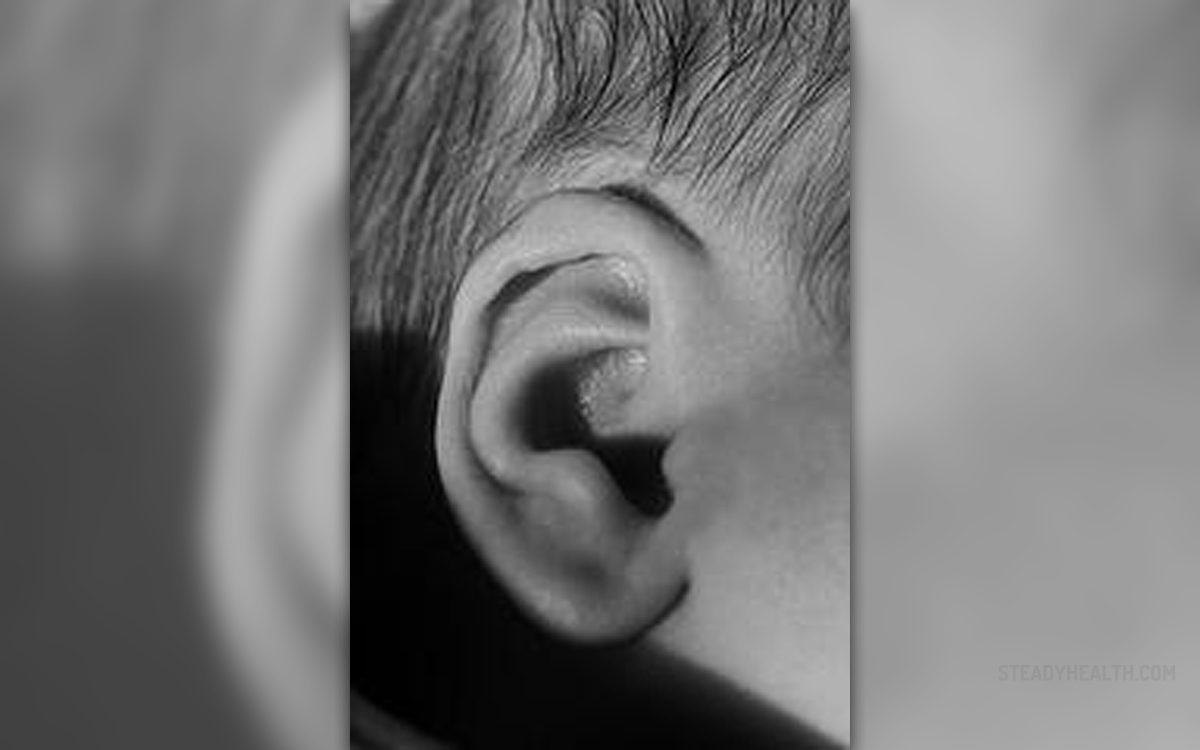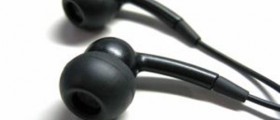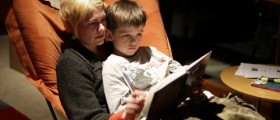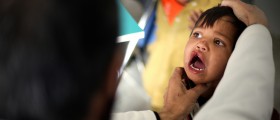
Deafness or hearing loss is a condition that affects people of all ages. It can be congenital or acquired. There are two basic types of hearing loss, conductive hearing loss and sensorineural hearing loss. In some cases patients develop a combination of these two impairments.
It is estimated that conductive hearing loss affects approximately 4% of all school children. In almost all cases of conductive hearing loss the actual cause is glue ear. On the other hand, sensorineural hearing loss is reported in about 0.3% of all school children. The severity of sensorineural hearing loss determines the degree of sound distortion and clinical presentation of the condition.
What Causes Deafness in Children?
In almost half of all children deafness is only a one characteristic of some genetic syndromes such as Turner's syndrome or Klinefelter's syndrome. Furthermore, the problem may be caused by congenital infections (rubella, CMV, toxoplasmosis etc.) and develop while a child is inside the uterus. Even intake of some medications during pregnancy may cause damage to a child's auditory system. Perinatal causes of hearing loss are prematurity, birth asphyxia, sepsis and serious form of hyperbilirubinemia. The child may also suffer from hearing loss due to childhood infections or other conditions such as meningitis and encephalitis. Even head trauma or injuries may damage a child's auditory system. And finally, in some cases the underlying cause of deafness simply cannot be identified.
Clinical Characteristics of Deafness in Children
Clinical characteristics of hearing loss basically depend on the degree of damage, patient's age and presence of potential risk factors.
First assumption that a child is suffering from hearing loss may arouse in children between 6 and 9 months old (particularly in severe cases of deafness). Lesser degree of hearing loss leads to minor speech impairment, language delay and may influence some behavioral issues.Diagnosis and Treatment for Deafness in ChildrenAll children whose parents suspect they are suffering from hearing loss must be evaluated for otitis media and adenoidal hypertrophy. The doctor also investigates whether ear wax may have caused the problem. Proper ear examination reveals all chronic infections. The child also undergoes specific tests for hearing loss, otoacustic emission and audiometry as well as tympanometry and sometimes MRI or CT scan. Genetic testing is performed if the doctor suspects some genetic disorder.
There are many treatments for hearing loss which depend on the type of deafness, its intensity, child's age etc. Parents must be fully informed and provided with proper support. Children may require hearing aids, radio aids or cochlear implants. Some of them require lip reading and speech reading or are taught British Sign Language (BSL).
In case of conductive hearing loss there are several treatments. Adenoidectomy, grommet insertion, auto-inflation and surgical removal of cholesteatomas are only some of them.










-In-Infants-And-Older-Children_f_280x120.jpg)






Your thoughts on this
Loading...